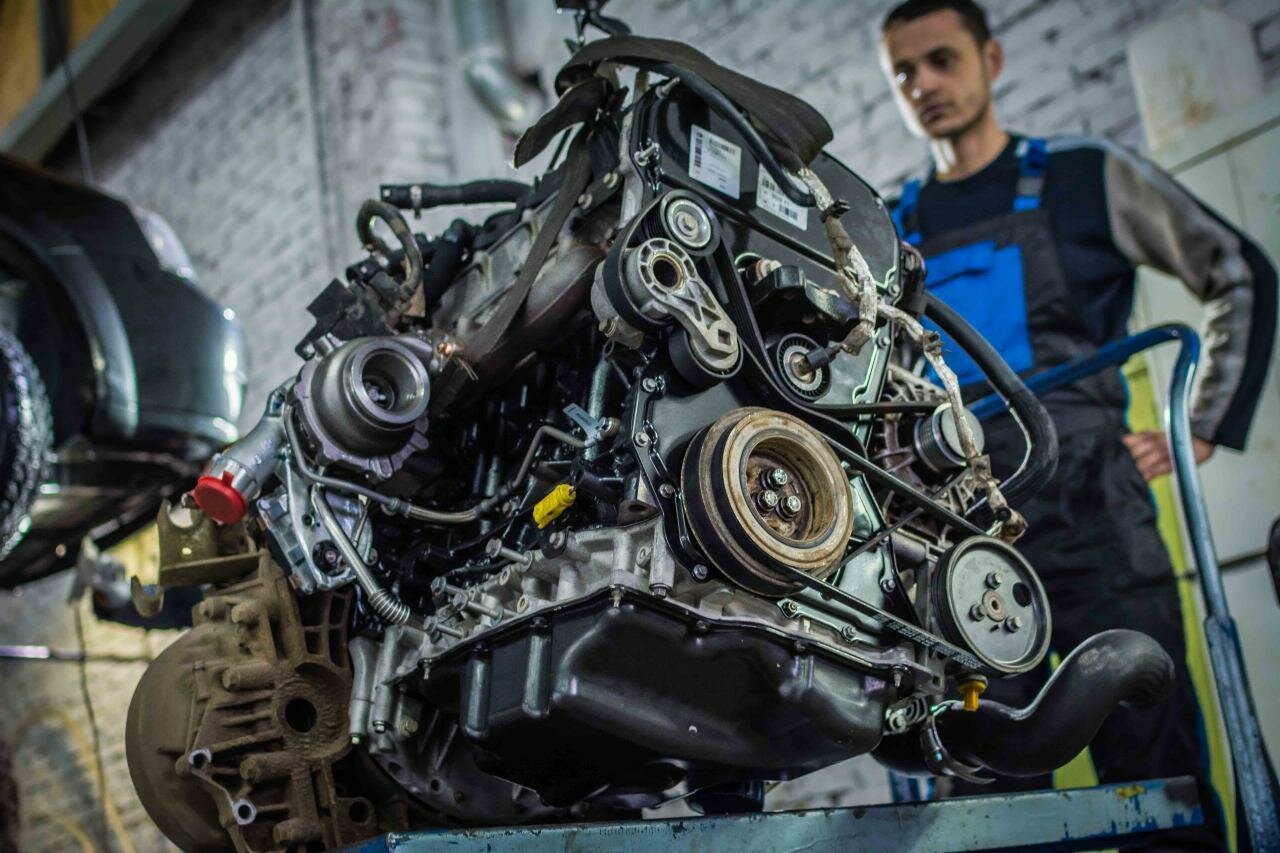Honda 3.5 Engine Overview
A Brief History
The Honda 3.5 engine, known for its robust performance and reliability, has been a significant player in the automotive industry since its inception. Introduced in the late 1990s, this V6 engine was designed to power a variety of Honda and Acura models, including the popular Honda Accord and the Acura TL. With its aluminum alloy construction and advanced engineering, the 3.5 engine quickly gained a reputation for delivering a balance of power and fuel efficiency, making it a favored choice among consumers and automotive enthusiasts alike.
Over the years, Honda has continuously refined the 3.5 engine, incorporating innovations such as VTEC (Variable Valve Timing and Lift Electronic Control) technology, which enhances performance while maintaining fuel economy. This engine has been praised for its smooth operation and impressive torque delivery, making it suitable for both everyday driving and more spirited performance applications. However, like any mechanical system, the Honda 3.5 engine is not without its issues.
As the engine aged and found its way into a broader range of vehicles, reports of various problems began to surface. These issues have raised concerns among owners and potential buyers, leading to a need for a deeper understanding of the common pitfalls associated with this engine. While Honda has built a reputation for reliability, the 3.5 engine has its share of flaws that can impact performance, longevity, and overall driving experience.
In this article, we will delve into the specific problems that plague the Honda 3.5 engine, providing a clear and concise overview of what owners can expect. Understanding these issues is crucial for anyone considering a vehicle equipped with this engine, as it can significantly influence maintenance decisions and long-term satisfaction.
Common Problems with the Honda 3.5 Engine
The Honda 3.5 engine has garnered a reputation for its performance and reliability, but it is not immune to a variety of issues that can affect its operation. Understanding these problems is essential for current and prospective owners. Below, we will explore the most common issues associated with the Honda 3.5 engine.
1. Oil Consumption Issues
One of the most frequently reported problems with the Honda 3.5 engine is excessive oil consumption. Many owners have noted that their engines consume oil at a higher rate than expected, leading to the need for frequent top-offs. This can be attributed to several factors:
- Worn piston rings
- Valve seal deterioration
- Piston slap due to clearance issues
If left unaddressed, excessive oil consumption can lead to severe engine damage, including complete engine failure.
2. Timing Belt and Tensioner Failures
The timing belt and its tensioner are critical components of the Honda 3.5 engine. Failure of these parts can result in catastrophic engine damage. Common signs of timing belt issues include:
- Unusual noises from the engine
- Engine misfires
- Check engine light activation
It is crucial to replace the timing belt at recommended intervals to prevent these failures.
3. Transmission Problems
While not directly related to the engine itself, many Honda 3.5 engine owners report transmission issues, particularly in models where the engine is paired with automatic transmissions. Symptoms may include:
- Slipping gears
- Delayed engagement
- Unusual noises during shifting
These problems can lead to costly repairs and should not be ignored.
4. Overheating
Overheating is another significant concern for Honda 3.5 engine owners. Causes of overheating can include:
- Coolant leaks
- Faulty water pump
- Clogged radiator
If the engine overheats, it can lead to severe damage, including warped cylinder heads and blown head gaskets.
5. Fuel System Issues
Fuel system problems can also plague the Honda 3.5 engine. Common issues include:
- Clogged fuel injectors
- Fuel pump failures
- Dirty fuel filters
These problems can lead to poor engine performance, reduced fuel efficiency, and increased emissions.
Top views |
|
|---|---|
 |
Oil, Timing Chains, Pistons: What Really Kills an Engine Prematurely? |
 |
How to Choose a Car with a Reliable Engine: Used Car Market Hacks That Actually Work |
Symptoms and Consequences
Understanding the symptoms associated with these problems is crucial for early detection and prevention of further damage. Below is a table summarizing the symptoms and potential consequences of common Honda 3.5 engine issues.
| Problem | Symptoms | Consequences |
|---|---|---|
| Oil Consumption | Frequent oil top-offs, low oil levels | Engine wear, potential failure |
| Timing Belt Failure | Unusual noises, misfires | Catastrophic engine damage |
| Transmission Issues | Slipping gears, delayed engagement | Costly repairs, reduced drivability |
| Overheating | High temperature gauge, steam | Warped heads, blown gaskets |
| Fuel System Issues | Poor performance, reduced efficiency | Increased emissions, potential stalling |




0 Comments